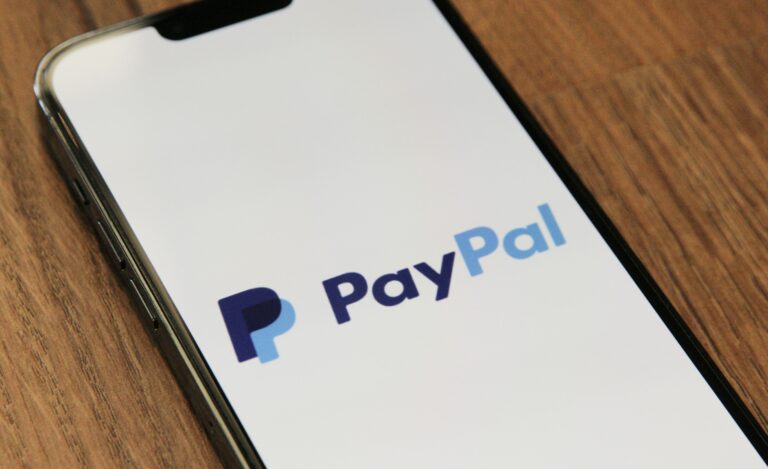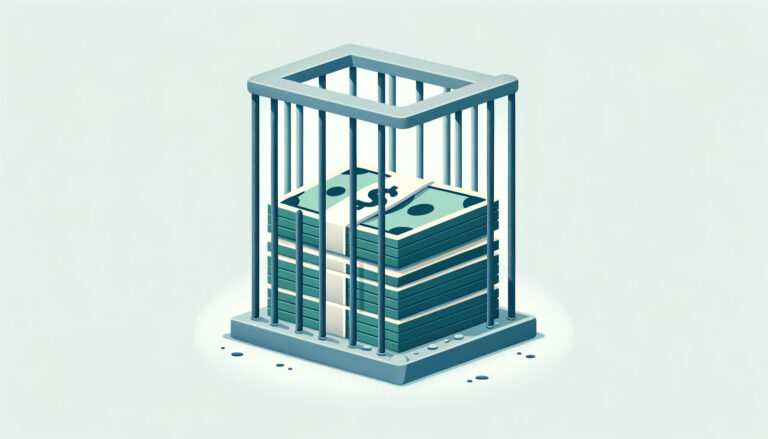Buy Now, Pay Later services exploded across the retail landscape over the past few years. But as BNPL grows more popular, lawmakers step in with new rules that change how businesses can offer these payment options.
OFFER AN INSTALLMENT PLAN AT CHECKOUT
The New BNPL Regulatory Landscape
State governments now create their own BNPL rules while federal agencies shift their approach.
New York leads the charge by passing the first state law that requires BNPL providers to get special licenses. This law takes effect 180 days after New York’s Department of Financial Services writes the detailed rules.
The federal Consumer Financial Protection Bureau (CFPB) also made major changes. In 2024, they said BNPL lenders must follow the same rules as credit card companies. But in 2025, the CFPB reversed course and announced they would not enforce these credit card rules for BNPL.
What These Rules Mean for Businesses
The new regulations bring both challenges and opportunities. Companies that offer BNPL must now navigate different rules in different states. New York’s law requires BNPL providers to get licenses, make specific disclosures to customers, and follow strict consumer protection rules.
These changes mean businesses need to be more careful about which BNPL partners they choose. Working with unlicensed providers could create legal problems down the road.
BNPL Pros
BNPL offers real benefits that help businesses grow their sales and attract new customers. These advantages explain why so many companies add BNPL to their checkout pages.
Higher Sales and Bigger Orders
Businesses that accept BNPL see impressive results. Data shows companies experience a 27% increase in sales volume when they offer BNPL options.
The average order value jumps even more dramatically. Some retailers report an 87% increase in how much customers spend per purchase.
BNPL works because it removes the psychological barrier of large upfront payments.
Customers feel more comfortable buying expensive items when they can split the cost into smaller chunks. This leads to more impulse purchases and fewer abandoned shopping carts.
Better Customer Experience
Modern shoppers expect flexible payment options. BNPL meets this demand by offering interest-free installments that appeal to younger consumers especially.
About 52% of Americans have used BNPL services, with Generation Z and Millennials leading adoption.
The appeal is simple. Customers can get what they want today and pay for it over time without interest charges. This creates a positive shopping experience that keeps customers coming back.
Immediate Cash Flow for Merchants
Unlike traditional credit where businesses wait for customer payments, BNPL providers typically pay merchants right away.
The BNPL company takes on the job of collecting payments from customers over time. This gives businesses better cash flow and removes the risk of customer payment defaults.
OFFER THE PAYMENT METHODS YOUR CUSTOMERS NEED
BNPL Cons
While BNPL offers clear benefits, businesses face several downsides that can hurt their bottom line.
Higher Processing Fees
BNPL providers charge merchants significantly more than traditional payment methods.
While credit cards typically cost businesses 1% to 3% per transaction, BNPL fees range from 2% to 8% of each purchase. This difference can seriously impact profit margins, especially for businesses that already operate on thin margins.
These higher fees might seem worth it for increased sales, but the math doesn’t always work out. If a business pays 6% in BNPL fees but only increases sales by 27%, they might actually lose money on each transaction.
Increased Return Costs
BNPL encourages impulse buying, which sounds good for sales but creates problems with returns. When customers make quick decisions without fully thinking through purchases, they return items more often. Processing returns costs businesses about 66% of the product’s price.
More returns mean higher operational costs, lost inventory, and customer service headaches. Some businesses find that BNPL’s sales boost gets wiped out by increased return processing expenses.
Integration and Technical Challenges
Adding BNPL to existing payment systems requires time and technical resources. Businesses must integrate with multiple BNPL providers if they want to offer various options to customers. Each integration brings its own technical requirements, testing needs, and ongoing maintenance.
The abundance of BNPL providers also creates confusion. Each company offers different terms, fees, and integration processes. Comparing options and choosing the right partner becomes time-consuming for business owners.
Customer Service Complications
When customers have problems with BNPL payments, they often contact the merchant first, not the BNPL provider. This puts businesses in the awkward position of handling issues they can’t directly solve.
Poor experiences with BNPL providers can damage the merchant’s reputation even when the problem isn’t their fault.
Why White-Label Installment Plans Win
Many businesses increasingly choose white-label BNPL solutions instead of partnering with big-name providers like Klarna or Afterpay.
White-label options give companies more control while avoiding many traditional BNPL problems.
Complete Brand Control
White-label solutions let businesses offer installment payments under their own brand name. Customers see the merchant’s logo and messaging throughout the entire payment process, not a third-party provider’s branding.
This creates stronger brand loyalty and keeps customers focused on the merchant’s experience.
Traditional BNPL providers redirect customers to external websites or show their own branding during checkout. This breaks the shopping experience and can confuse customers about who they’re actually buying from.
Better Profit Margins
White-label providers typically charge lower fees than big-name BNPL companies. Since businesses aren’t paying for expensive marketing campaigns and celebrity endorsements, white-label solutions can offer more competitive pricing.
Some white-label providers even offer revenue-sharing models where businesses earn money from transaction fees instead of just paying them. This turns payment processing from a cost center into a profit center.
Faster Implementation
White-label solutions often integrate more easily with existing systems. Providers focus on technical excellence rather than flashy marketing, which means better APIs and smoother implementation processes.
Businesses can also customize white-label solutions to match their specific needs. Instead of accepting a one-size-fits-all approach, companies get payment options tailored to their customer base and business model.
Regulatory Compliance Made Simple
White-label providers handle the complex job of staying compliant with changing BNPL regulations. As new laws emerge in different states, the white-label provider updates their systems to meet requirements.
This protects businesses from accidentally violating regulations they might not even know about.
Customer Data Ownership
With traditional BNPL providers, customer data often belongs to the payment company. White-label solutions typically let businesses keep ownership of their customer information. This data proves valuable for marketing campaigns, customer service improvements, and business analytics.
OFFER WHITE-LABEL INSTALLMENTS
Making the Right Choice for Your Business
The BNPL market keeps evolving as regulations change and new providers enter the space. Businesses that want to offer flexible payment options need to think carefully about their approach.
Traditional BNPL providers offer brand recognition and marketing power, but they come with higher costs and less control.
White-label solutions provide more flexibility and better economics, but require businesses to handle more of their own marketing and customer education.
The regulatory environment also favors white-label approaches. As states create new licensing requirements, working with compliant white-label providers reduces legal risks compared to managing relationships with multiple third-party BNPL companies.
For most businesses, white-label installment solutions offer the best balance of benefits and costs.
They provide the sales boost that makes BNPL attractive while giving companies control over their customer relationships and profit margins. As the payment landscape continues changing, businesses with white-label solutions can adapt faster than those locked into rigid third-party partnerships.
The key is choosing a white-label provider that offers strong technical integration, regulatory compliance, and competitive pricing. With the right partner, businesses can capture BNPL’s benefits while avoiding the pitfalls that trap companies using traditional providers.









